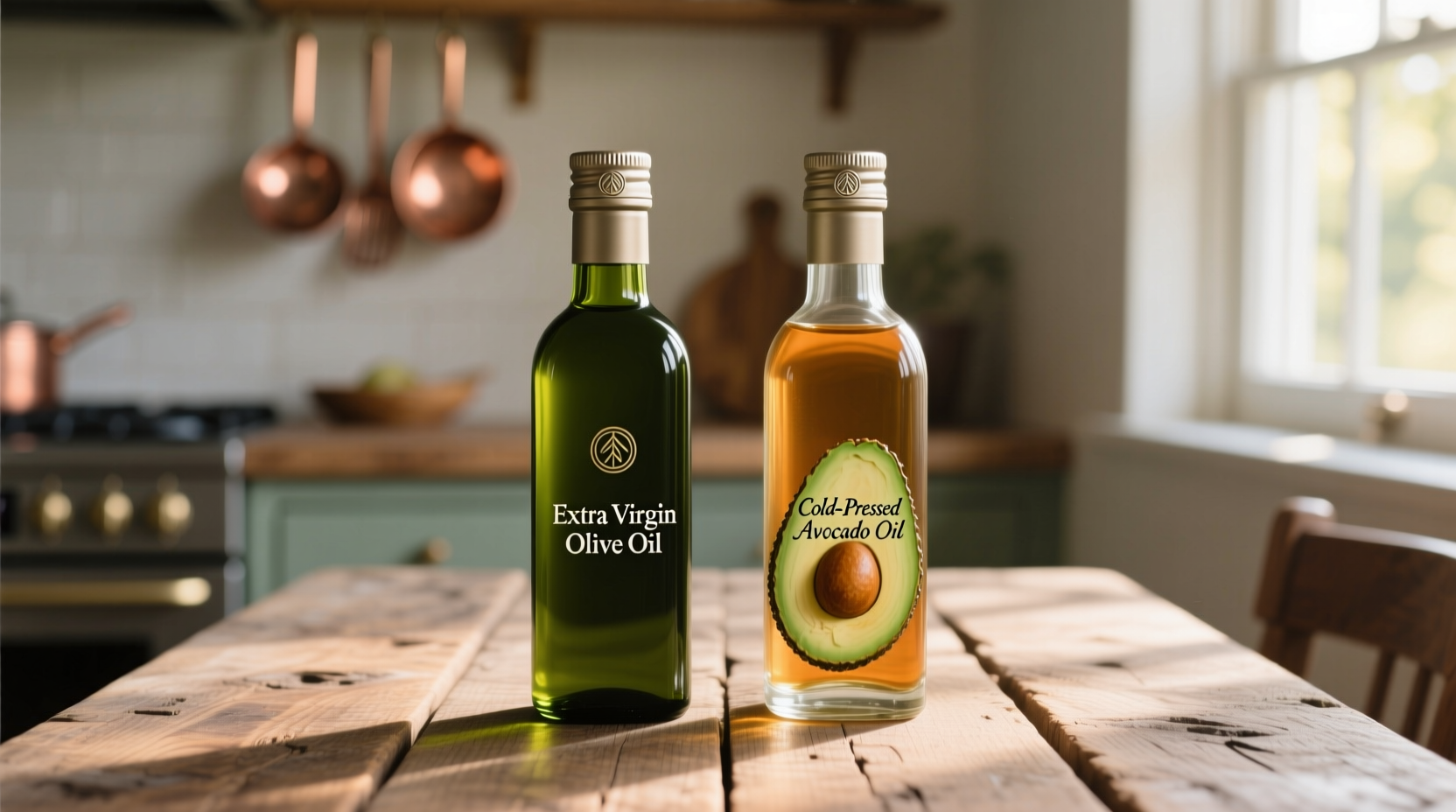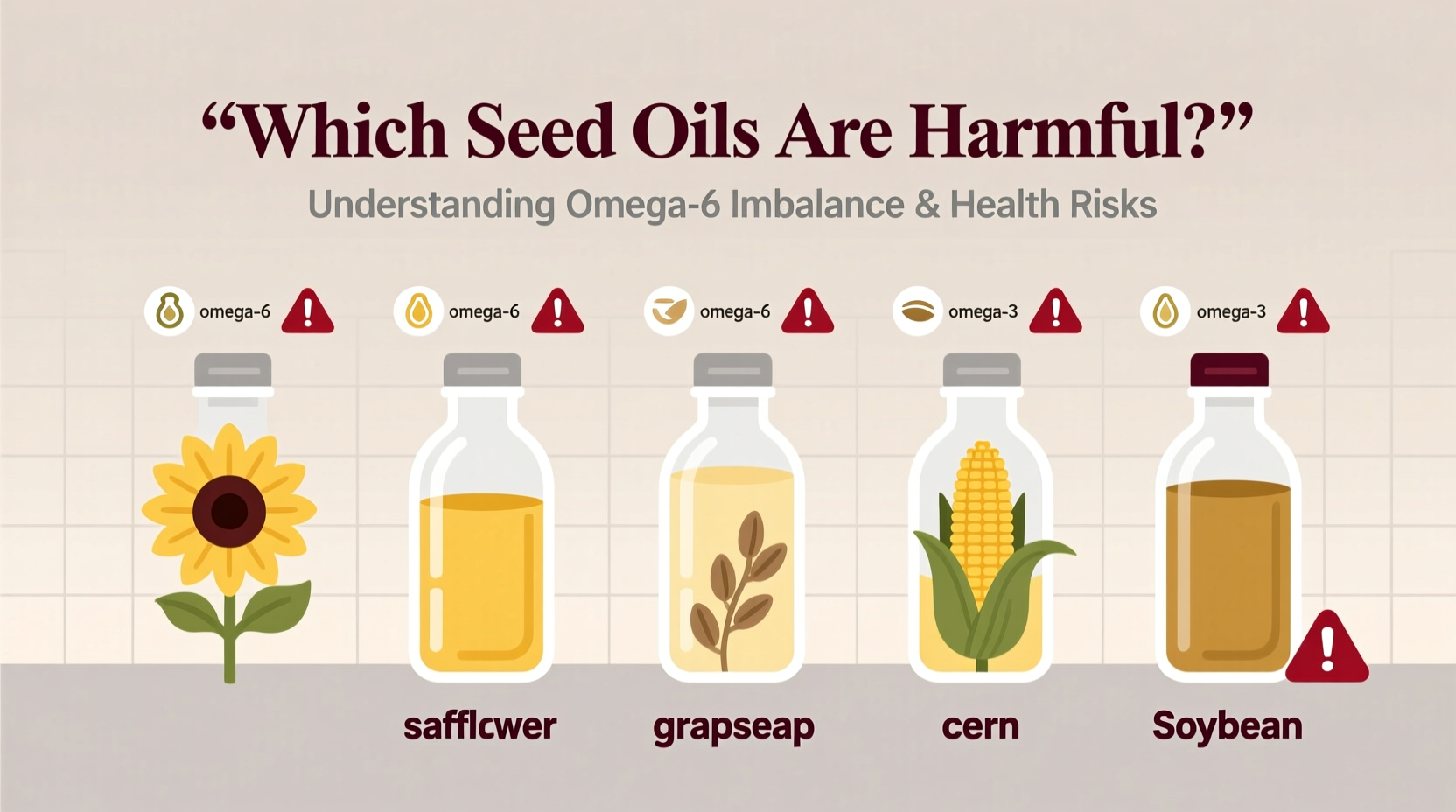Why Seed Oil Concerns Matter for Your Daily Health Choices
When you reach for that bottle of cooking oil, you're making a decision that affects your long-term health more than you might realize. Seed oils have become ubiquitous in processed foods and restaurant kitchens, but not all are created equal when it comes to nutritional value. Understanding which seed oils warrant caution—and why—helps you make informed choices without falling for sensationalized health claims.
The Evolution of Seed Oils in Modern Diets
Seed oils weren't always dominant in our food supply. Before the 20th century, humans primarily consumed fats from animals, olives, coconuts, and少量 of other plant sources. The industrial revolution changed everything. Advances in extraction technology made it possible to cheaply produce oils from seeds that previously weren't viable food sources.
Seed Oil Consumption Timeline
- Pre-1900s: Americans consumed less than 1 pound of vegetable oils per person annually, primarily from animal fats and small-scale plant oils
- 1930s: Soybean oil production begins scaling with new extraction methods
- 1950s-1970s: Health authorities recommend replacing saturated fats with vegetable oils, accelerating consumption
- Today: Americans consume over 80 pounds of vegetable oils per person annually, with soybean oil accounting for nearly 90% of that total (NIH, 2023)
Understanding the Science Behind Seed Oil Concerns
The primary concern with certain seed oils isn't that they're inherently toxic, but rather how they fit into modern dietary patterns. Three key factors determine whether a seed oil might be problematic for your health:
1. Omega-6 to Omega-3 Ratio Imbalance
Human bodies need both omega-6 and omega-3 fatty acids, but in proper balance. Most seed oils are extremely high in omega-6 linoleic acid while containing virtually no omega-3s. When our diets contain excessive omega-6 relative to omega-3 (modern diets often have ratios of 15:1 or higher), it can promote inflammation.
Research from the National Institutes of Health indicates that an optimal omega-6 to omega-3 ratio should be closer to 4:1 for reducing inflammation and supporting cardiovascular health. Traditional Mediterranean diets naturally maintain ratios around 2-3:1.
2. Processing Methods and Potential Harmful Compounds
Most commercial seed oils undergo extensive processing:
- Seeds are heated to high temperatures (sometimes exceeding 400°F)
- Treated with chemical solvents like hexane
- Bleached and deodorized
This processing can create harmful compounds like aldehydes and trans fats, even in oils labeled "trans fat-free" (Harvard T.H. Chan School of Public Health, 2022). These compounds may contribute to oxidative stress when consumed regularly.
| Seed Oil Type | Omega-6 Content | Processing Concerns | Research Status |
|---|---|---|---|
| Soybean oil | 50-55% omega-6 | High-heat processing, hexane extraction | Strong evidence of inflammatory effects in excess |
| Corn oil | 50-60% omega-6 | Extensive chemical processing | Linked to increased LDL cholesterol in some studies |
| Cottonseed oil | 50-55% omega-6 | High pesticide residue potential | FDA restricts use due to gossypol content |
| Sunflower/safflower | 65-75% omega-6 | Varies by product ("high oleic" versions better) | Traditional versions problematic; high-oleic versions acceptable |
| Canola oil | 20-25% omega-6 | Most is genetically modified; processing concerns | More neutral profile but processing remains concern |
Context Matters: When Seed Oils Become Problematic
Not all seed oil consumption is equally concerning. The potential issues depend on several contextual factors:
Dietary Pattern Context
Consuming small amounts of soybean oil in an otherwise balanced diet rich in omega-3s from fish, flaxseeds, and walnuts presents minimal risk. The problem arises when seed oils dominate your fat intake while omega-3 sources are scarce—a common scenario in Western diets heavy on processed foods.
Quantity and Frequency
Using corn oil occasionally for frying won't harm most people. The concern comes from daily consumption of multiple servings through:
- Restaurant foods (nearly all use cheap seed oils)
- Processed snacks and baked goods
- Salad dressings and mayonnaise
Individual Health Factors
Certain populations may need to be more cautious:
- People with existing inflammatory conditions
- Those with cardiovascular risk factors
- Individuals following highly processed diets
Practical Swaps for Healthier Fat Choices
You don't need to eliminate all seed oils, but making strategic swaps can improve your fatty acid balance:
Best Cooking Oil Alternatives

- Olive oil: Rich in monounsaturated fats and antioxidants. Best for low-heat cooking and dressings. Choose extra virgin for maximum benefits.
- Avocado oil: High smoke point (520°F) makes it versatile for high-heat cooking while maintaining a favorable fatty acid profile.
- Coconut oil: Contains medium-chain triglycerides (MCTs). Best for moderate-heat cooking. Note: High in saturated fat, so use in moderation.
- Butter or ghee: Traditional fats that work well for medium-heat cooking. Choose grass-fed versions for better nutrient profile.
Smart Shopping Strategies
When reading labels, watch for:
- "Partially hydrogenated oils" (indicates trans fats)
- Multiple seed oil ingredients (soybean, corn, canola)
- Products advertising "vegetable oil" without specification
Focus on whole foods preparation where you control the oil type. When eating out, request that dishes be prepared with olive oil when possible.
Creating Balance in Your Fat Intake
The goal isn't to eliminate all seed oils but to restore balance to your fatty acid intake. Here's how to approach it practically:
Step-by-Step Implementation Plan
- Assess current intake: Track your consumption of processed foods and restaurant meals for one week
- Prioritize swaps: Replace your primary cooking oil first (e.g., switch from soybean to avocado oil)
- Increase omega-3s: Add two servings of fatty fish weekly or include plant-based sources like chia seeds
- Read labels: Gradually reduce products containing problematic seed oils
- Monitor changes: Notice how you feel after 4-6 weeks of dietary adjustments
Separating Fact from Fear in the Seed Oil Debate
The seed oil conversation has become polarized, with some sources claiming they're "poison" while others dismiss all concerns. The reality lies in the middle. As the American Heart Association notes, replacing saturated fats with polyunsaturated fats (including some seed oils) can reduce cardiovascular risk—but quality and processing matter significantly.
Focus on overall dietary patterns rather than single ingredients. A Mediterranean-style diet rich in whole foods, vegetables, fruits, and quality fats provides the proper context for evaluating individual components like cooking oils.











 浙公网安备
33010002000092号
浙公网安备
33010002000092号 浙B2-20120091-4
浙B2-20120091-4